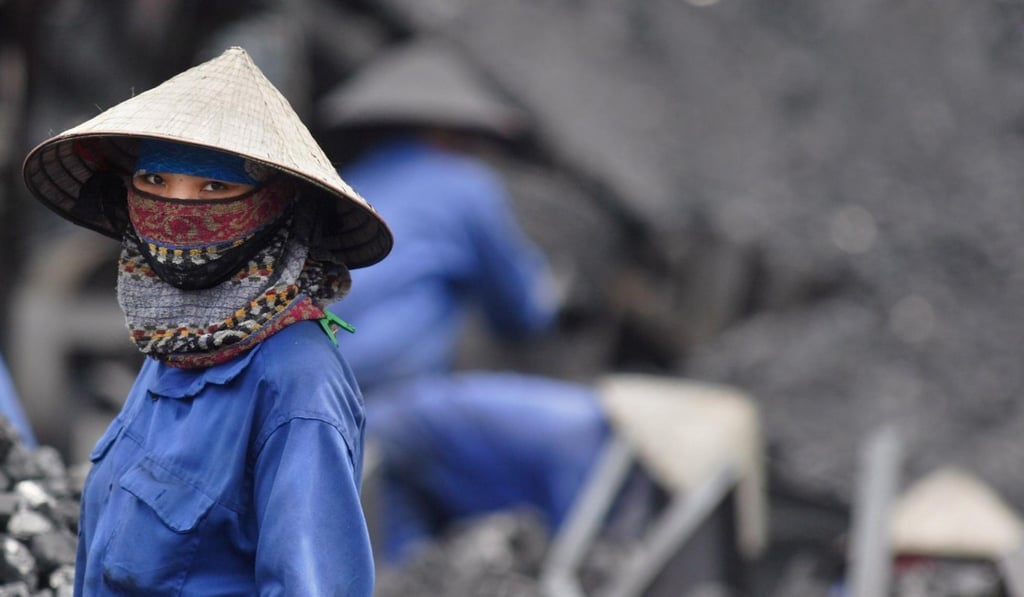Advertisement
Analysis | China’s belt and road: an environmental disaster for Southeast Asia?
- Beijing professes to be ‘greening’ its multitrillion-dollar trade initiative, yet has still invested heavily in fossil fuels and the extraction of natural resources
- The results could be habitat loss, increased pollution and the destruction of biodiversity, as well as the entrenchment of existing power structures
Reading Time:4 minutes
Why you can trust SCMP

When Chinese President Xi Jinping first unveiled the Belt and Road Initiative in 2013, it was heralded as one of the largest infrastructure development schemes in history.
But the globe-spanning strategy, involving up to US$8.5 trillion in investments spread across more than 80 economies, also poses a number of potential environmental impacts and could threaten biodiversity, which is of particular concern for China’s neighbours in Southeast Asia.
The region is a global biodiversity hotspot and home to numerous threatened species not found anywhere else in the world including charismatic megafauna such as tigers and Asian elephants.
Advertisement
But much of China’s belt and road investment in Southeast Asia have come in the form of fossil fuel projects or natural resource extraction – both of which are likely to cause habitat loss, threaten wildlife and increase pollution.

Advertisement
Despite Beijing expressing a strong commitment to “greening” its belt and road plan, most of the associated energy investments and contracts have been in fossil fuels.
Advertisement
Select Voice
Choose your listening speed
Get through articles 2x faster
1.25x
250 WPM
Slow
Average
Fast
1.25x